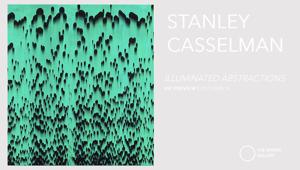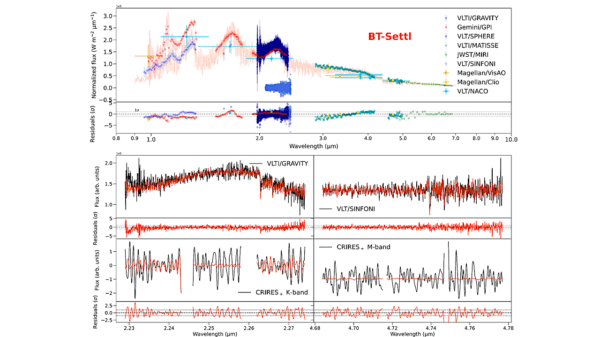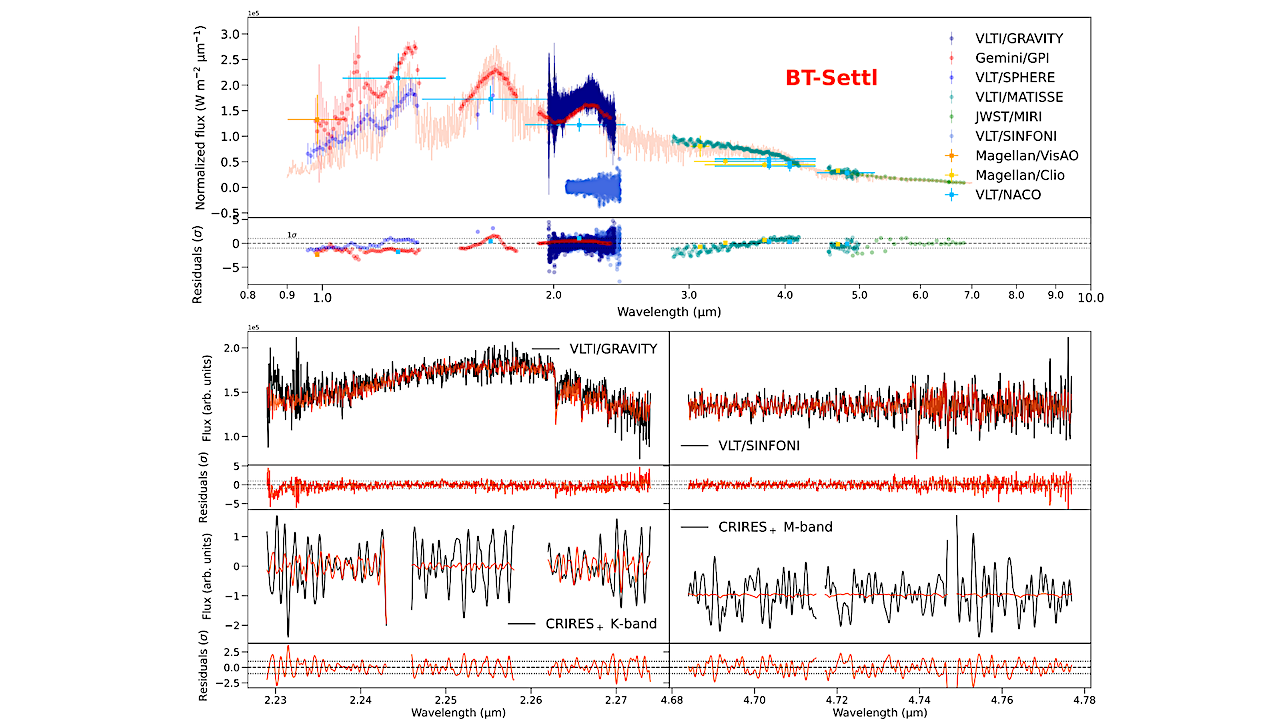Recent observations from the Very Large Telescope Interferometer (VLTI) have provided significant insights into the exoplanet β Pictoris b. Using the GRAVITY instrument, researchers captured the first high-resolution K-band spectra of this distant celestial body. The findings, which include detailed measurements of temperature and metallicity, could reshape our understanding of planetary formation.
The data collected features four high signal-to-noise (S/N) K-band spectra, demonstrating both the pseudo-continuum and molecular absorption processes present in β Pictoris b. By employing four self-consistent forward model grids—Exo-REM, ATMO, BT-Settl, and Sonora—the team, led by researcher Matthieu Ravet, delved into various parameters including effective temperature, surface gravity, and carbon-to-oxygen ratios.
Key Findings on Temperature and Metallicity
The analysis revealed that the Exo-REM model offers the most statistically robust results, predicting an effective temperature of 1607.45 K and a surface gravity log(g) of 4.46 dex based solely on GRAVITY data. When integrated with other datasets, the effective temperature adjusts slightly to 1502.74 K with a surface gravity of 4.00 dex. These findings indicate the influence of archival data on the overall parameters, showcasing the importance of comprehensive datasets in astronomical research.
The study also highlights a solar carbon-to-oxygen ratio of 0.552 and an elevated metallicity, reaching super-solar values of 0.50 [M/H]. Notably, the team reported a preliminary constraint on the log(12CO/13CO) ratio, estimated at approximately 1.12. However, this result remains tentative due to the presence of telluric residuals, which can obscure observations of such distant objects.
Implications for Future Research
The estimated luminosity of β Pictoris b stands at -4.01 in logarithmic terms, suggesting that the planet has a heavy-element content of up to 5%, which translates to between 20 and 80 Earth masses. This information is crucial, as it provides insights into the composition and evolutionary history of the exoplanet, which orbits a star approximately 63.4 light-years from Earth.
The research emphasizes the critical role that both continuum and molecular line information at K-band play in determining metallicity. The findings suggest that collision-induced absorption significantly shapes the continuum, complicating traditional models. Furthermore, the analysis indicates that echelle spectra do not dominate the final fit compared to lower-resolution data, highlighting the need for a multi-modal approach in future studies.
Researchers advocate for the development of frameworks that incorporate weighting schemes reflecting bandwidth and central wavelength coverage to enhance the accuracy of observations in exoplanet research. This study, accepted for publication in Astronomy & Astrophysics, marks a significant step forward in the characterization of exoplanets, paving the way for future investigations into the atmospheres and compositions of distant worlds.
For further details, the findings are available through the article listed on arXiv under the identifier arXiv:2509.25338.


































































